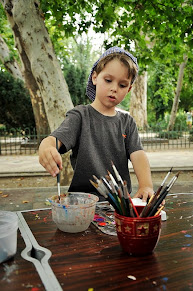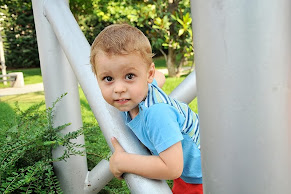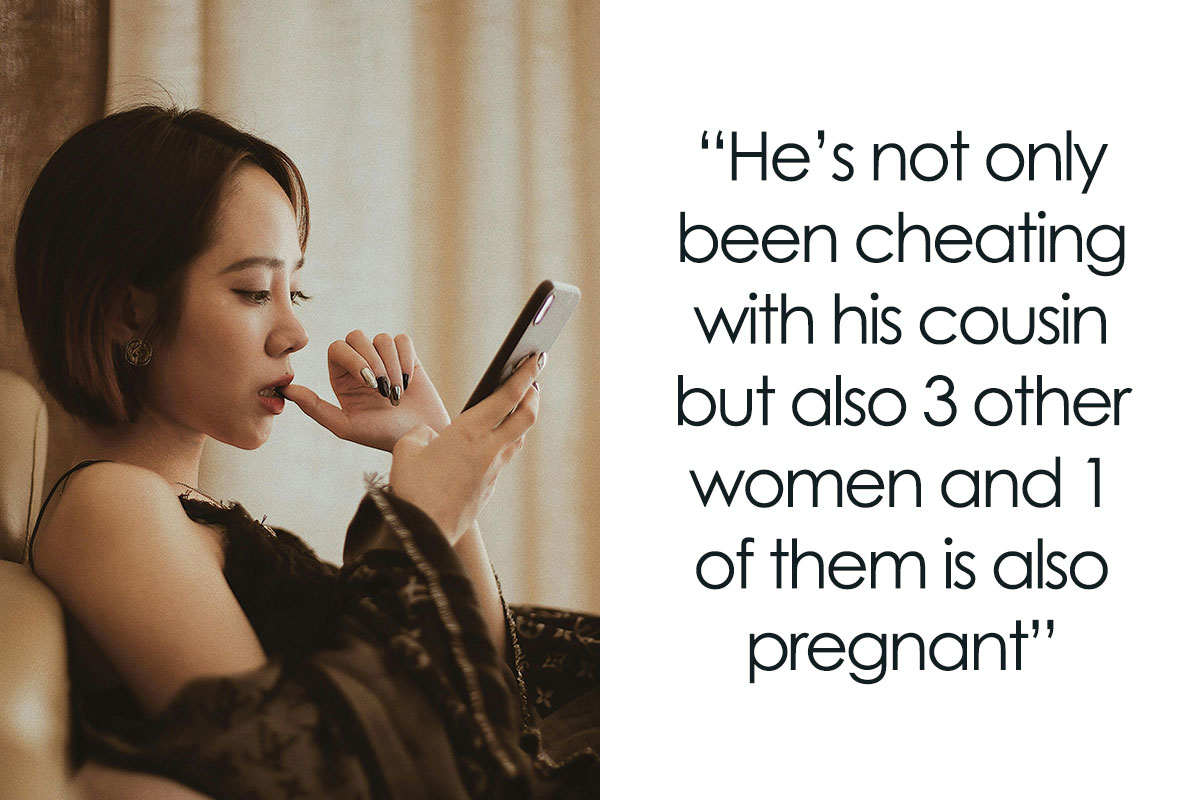Octavian Balea
Pornind de la idea ca nu poti ilustra, in mod obiectiv, sunetele prin imagini, la fel cum nu poti pretinde ca, pentru un copil crescut intr-un sat de eschimosi in nordul Groenlandei, mirosul unei banane sa fie asociat cu imaginea unei banane, daca nu a vazut, mirosit sau simtit niciodata caracteristicile definitorii ale acesteia. Eu sunt copilul de eschimos si sunt oarecum in aceeasi situatie in care era Durer, cand trebuia sa deseneze un rinocer pe baza unei descrieri scrise, puternic distorsionate de impresii subiective despre cum arata un rinocer, impresii lasate de acei care au fost atat de privilegiati incat sa fi avut sansa sa vada un rinocer in realitate cu proprii lor ochi. Sunt copilul groenlandez caruia I s-a spus o poveste despre o banana si apoi, in noptile intunecate, lungi si friguroase, a luat o bucata de carbune din focul stins si, la lumina pala a lampii pe baza de grasime de balena, a inceput sa schitez in iglu-ul sau inghetat, pe o bucata de piele de foca, ceva ce nu a mai fost vazut in micul sau colt de lume: imaginea unei banane. Eu sunt, asadar, un vizionar, mintea luminata a satului meu de eschimosi, cel care a vazut acel ceva despre care doar s-a auzit pana atunci. Eu sunt pastratorul imaginii in foma de banana a ideii mele miniaturale despre Sfatul Graal. As fi de-ndata denumit un om nebun, as fi renegat si dat afara din sat, din cauza ca am fost primul care a avut curajul sa transpuna in imagini ceea ce nu poate fi transpus, sa pangareasca sanctitatea a ceea ce nu poate fi vazut, exact cum a facut Goya in cea de-a doua versiune a Maja, cea in care a pictat-o goala, imaginandu-si numai nuditatea ei. Omul are libertatea de a alege. Libertatea de a alege intre bine si rau, intre frumos si urat, intre adevar si minciuna, intre ceea ce instinctele ii spun ca e bine, frumos si adevarat, intre ceea ce in final va alege sa accepte ca fiind bine, frumos si adevarat, si nimic de pe pamant nu va sta in calea libertatii de alegere a omului. Avem libertatea de a alege si alegem sa acceptam ca rinocerii arata asa cum i-a desenat Durer, ca Maja, in nuditatea ei, arata asa cum a desenat-o Goya, ca o banana arata exact asa cum eu, umilul vostru copil groenlandez, am desenat-o, ca poemele lui Lermontov sau Byron suna exact asa cum Rachmaninov ne face sa auzim cum, in opinia lui, cuvintele sunt transformate in melodie, asa cum un fotograf vrea sa ne faca sa vedem cum, in opinia lui, melodiile lui Rachmaninov sunt transformate in compozitii vizuale. Iar noi, publicul, avem libertatea de a decide sa acceptam aceste lucruri…sau nu.
Starting from the idea that you can not objectively illustrate sounds with images, in the same way you can not claim that for a kid brought up in an eskimo village in the north of Greenland the smell of a banana is being associated with the image of a banana, if he has never seen, smelled or felt the defying characteristics of a banana. I am the eskimo kid, and I'm in somehow the same situation as Durer was, when he had to draw a rhinocerus based only on the written description, heavily distorted by subjective impresions, of how a rhinocerus looks like, left by those that had been so privileged as to have had the chance of seing a live rhinocerous with their own eyes. I am the greenlandic kid that's being told a story about a banana, and then, in the dark, long and freezing cold winter nights, I grab a piece of charcoal from the dying fire, and at the flickering light of the whale fat fueled lamp, I start sketching in my dripping cold iglu, on a scrap piece of seal leather, something that has never been seen before in my small corner of the world: the image of a banana. I am, therefor a visionary, the enlightened mind of my eskimo village, the one that has seen what until then was only heard of. I am the holder of the banana shaped image of my small miniatured idea of the Holy Grail. Immediately I'll be called a madman, I'll be renegated and sent away from the village, because I was the first one to have the guts to express an image of the un-expressed, to de-sanctify the sainctity of the useen, just like Goya did in his 2nd version of Maja, the one in which he painted her naked, imagining only her nakedness. Man has the fredom of choice. The freedom to chose betwen right and wrong, betwen beauty and ugliness, between truth and lie, between what his instincts tell him that right, beauty and truth are, between what in the end he chooses to accept as what is right, what is beautifull and what is true, and nothing on earth stands in the way of the choice of man. We have the freedom of choice, and we chose to accept that the rhynoceros looks like Durer drew it, that Maja looks naked just the way Goya painted her, that a banana looks just like I, your humble greenlandic kid drew it, that Lermontov or Byron's poems sound just like Rachmaninov wants us to hear how, in his oppinion the words are being transformed in melodies, just as the photographer wants us to see how in his oppinion Rachmaninov's melodies are being transformed in visual compositions. We, the audience, have the freedom to accept it... or not.
Octavian Balea
Pagini de studiu: S-Hell Marius Grozea Blue and other sounds Pardau Ciprian











.jpg)

















































.jpg)























































































.jpg)





































0 comments:
Trimiteți un comentariu